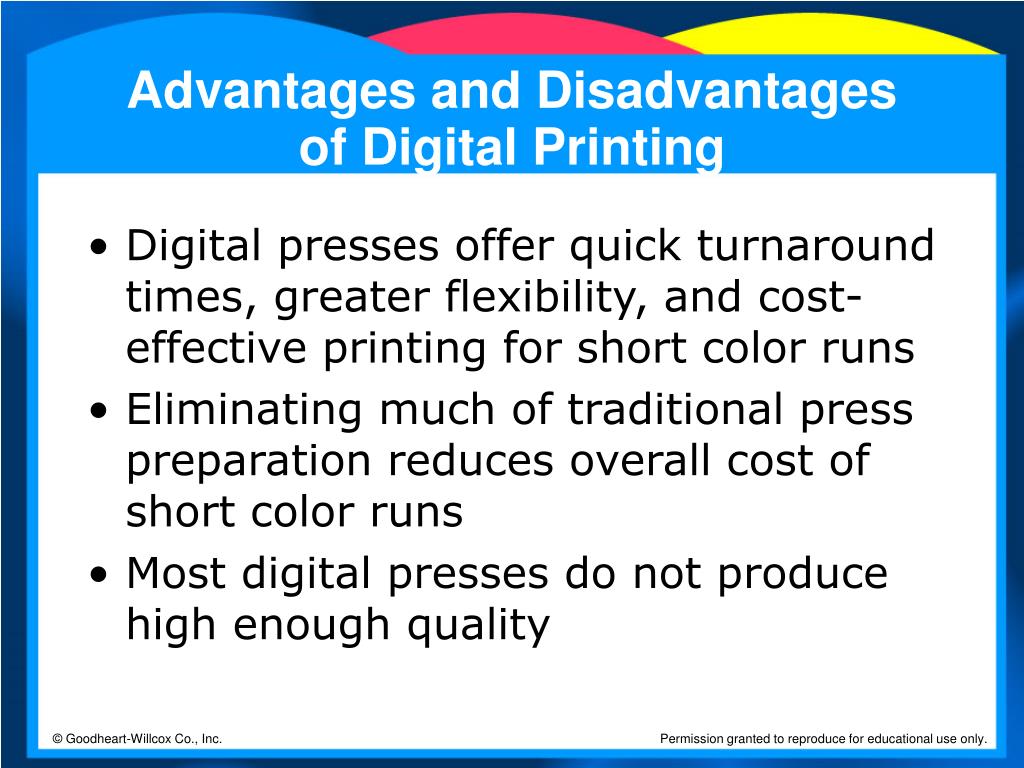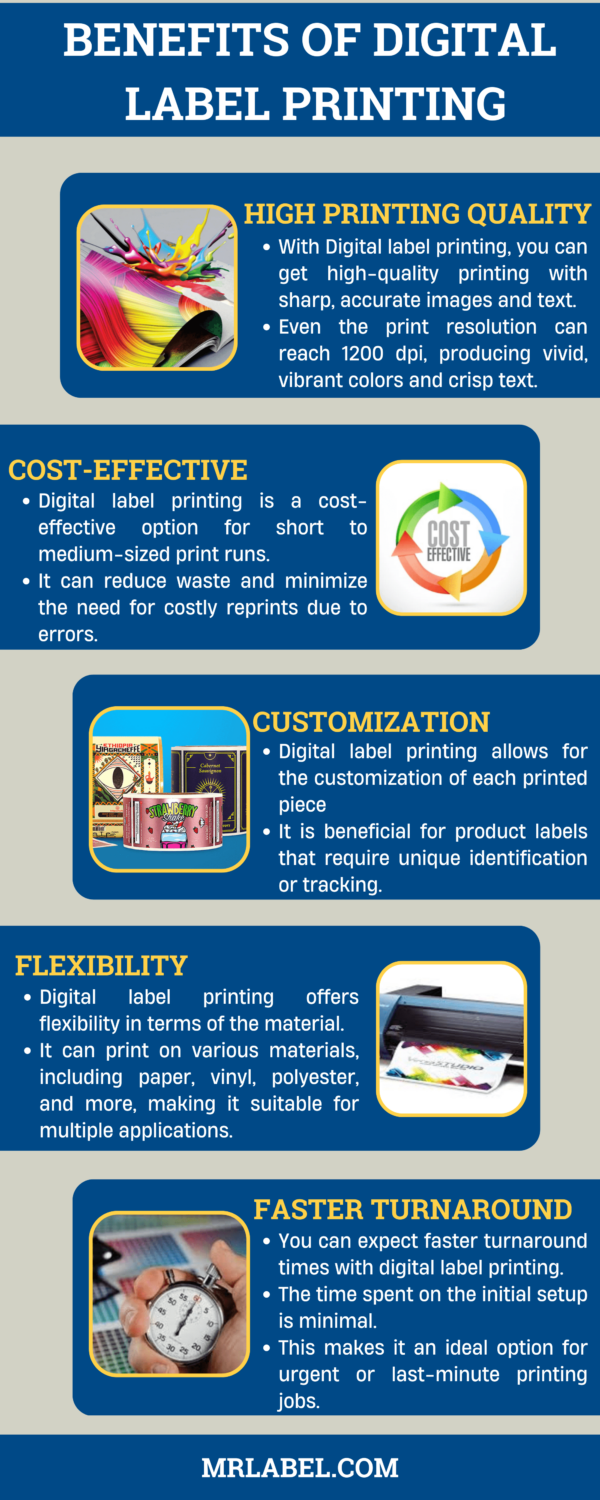Digital Printing Things To Know Before You Get This
Digital Printing Things To Know Before You Get This
Blog Article
The Best Guide To Digital Printing
Table of ContentsExcitement About Digital PrintingWhat Does Digital Printing Do?3 Easy Facts About Digital Printing ExplainedDigital Printing Things To Know Before You BuyThe Definitive Guide to Digital PrintingThe Definitive Guide for Digital Printing
Variable information printing, such as direct mail with personalized codes and addresses, is ideally suited for electronic printing. Digital fast printing only requires four actions of layout, testimonial, printing and binding to obtain everything done. Digital quick printing has an exceptional advantage: print on need.According to PMMI, electronic printing permits brands and producers to respond quickly to client demands while enhancing the supply chain, lowering warehousing price and waste, and taking pleasure in faster time to market. That all sounds fantastic, but how does this innovation do all that? The significant differentiator of these modern technologies is that there are no set-up fees and no plates with digital printing.
5 Easy Facts About Digital Printing Explained
According to Wikipedia, the best difference in between electronic printing and typical approaches such as lithography, flexography, gravure, or letterpress - Digital Printing is that there is no requirement to replace printing plates in digital printing, whereas in these analog printing techniques home plates are repetitively replaced. This leads to quicker turnaround time and lowers expense when using electronic printing.
Speedy manufacturing indicates getting your item to market quicker. It additionally implies it's much easier and faster to make changes later, when you change a dish, include a SKU, or produce seasonal packaging. Digital printing is highly versatile, so it's simple to make changes to the package style quickly. Everything returns to home plates.
Extra inventory can imply more waste down the roadway. With conventional printing approaches, short-run printing is just not feasible. Since a fantastic design can make or damage your product, electronic printing continually creates top notch, clear and vivid graphics each time. Digital printing on flexible bags adds the intense, dynamic, and accurate graphics that practically beckon consumers to get to out and touch them.
Digital printing is the process of printing digital-based photos directly onto a variety of media substratums. There is no demand for a printing plate, unlike with countered printing. Digital files such as PDFs or desktop publishing data can be sent out directly to the electronic printing press to publish on paper, photo paper, canvas, fabric, synthetics, cardstock and various other substrates.
All about Digital Printing
According to PMMI, electronic printing enables brand names and manufacturers to respond rapidly to customer needs while enhancing the supply chain, lowering warehousing cost and waste, and taking pleasure in faster time to market. That all sounds great, however how does this innovation do all that? The significant differentiator of these technologies is that there are no set-up charges and no plates with electronic printing.
According to Wikipedia, the best difference between electronic printing and typical approaches such as lithography, flexography, gravure, or letterpress is that there is no requirement to change printing plates in digital printing, whereas in these analog printing approaches the plates are repeatedly changed. This causes quicker turnaround time and decreases cost when using digital printing.

See This Report about Digital Printing
With see it here standard printing methods, short-run printing is just not possible. Due to the fact that an excellent layout can make or break your product, digital printing continually creates top notch, clear and colorful graphics each time.

According to PMMI, digital printing permits brands and manufacturers to respond swiftly to customer demands while improving the supply chain, decreasing warehousing expense and waste, and delighting in faster time to market. That all audios wonderful, but exactly how does this innovation do all that? The significant differentiator of these technologies is that there are no set-up fees and no plates with electronic printing.
How Digital Printing can Save You Time, Stress, and Money.
This results in quicker turn-around time and reduces price when using digital printing.
Rapid production indicates obtaining your item to market faster. It also means it's easier and faster to make modifications later, when you alter a recipe, include a SKU, or produce seasonal packaging. Digital printing is very this hyperlink adaptable, so it's very easy to make modifications to the bundle design swiftly. Everything goes back to home plates.

Fascination About Digital Printing
Digital printing is the process of printing digital-based images directly onto a variety of media substrates. There is no requirement for a printing plate, unlike with balanced out printing. Digital data such as PDFs or desktop computer publishing files can be sent directly to the electronic printing machine to print on paper, photo paper, canvas, textile, synthetics, cardstock and other substrates.
Report this page